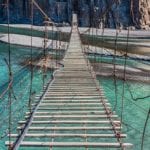 Our World
Our World  Our World
Our World  Miscellaneous
Miscellaneous 10 Intriguing Origins of Popular Carnival Rides
 Weird Stuff
Weird Stuff Ten Unexpected Discoveries Involving Vomit
 Movies and TV
Movies and TV 10 Actors Who Almost Didn’t Take Career-Defining Roles
 Technology
Technology 10 Little-Known Shifts in Computer Science
 Religion
Religion 10 Catholic Histories That Reveal Acceptance of Abortion and Contraception
 Politics
Politics 10 Lesser-Known “First and Only” Facts about U.S. Presidents
 Miscellaneous
Miscellaneous 10 Things You May Not Know about the Fourth of July
 History
History 10 Shocking and Gruesome Founding Father Facts They Don’t Teach in School
 Crime
Crime The Ten Most Vicious Los Angeles Killers
 Our World
Our World 10 Surprising Secrets of Notre Dame Cathedral
 Miscellaneous
Miscellaneous 10 Intriguing Origins of Popular Carnival Rides
 Weird Stuff
Weird Stuff Ten Unexpected Discoveries Involving Vomit
Who's Behind Listverse?

Jamie Frater
Head Editor
Jamie founded Listverse due to an insatiable desire to share fascinating, obscure, and bizarre facts. He has been a guest speaker on numerous national radio and television stations and is a five time published author.
More About Us Movies and TV
Movies and TV 10 Actors Who Almost Didn’t Take Career-Defining Roles
 Technology
Technology 10 Little-Known Shifts in Computer Science
 Religion
Religion 10 Catholic Histories That Reveal Acceptance of Abortion and Contraception
 Politics
Politics 10 Lesser-Known “First and Only” Facts about U.S. Presidents
 Miscellaneous
Miscellaneous 10 Things You May Not Know about the Fourth of July
 History
History 10 Shocking and Gruesome Founding Father Facts They Don’t Teach in School
 Crime
Crime The Ten Most Vicious Los Angeles Killers
10 Places You Definitely Don’t Want To Go Swimming
People generally enjoy swimming. Whether they’re splashing on the surface or diving below, most enter the water at some point in their lives, and many do so frequently. Nevertheless, there are some locations where it may be a better idea to leave the swimsuit at home.
10Mumbai
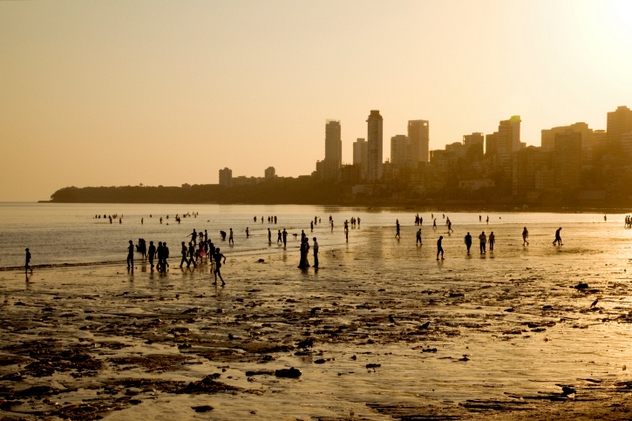
The populous coastal city of Mumbai, India, unsurprisingly features many beaches. Unfortunately, these beaches have been declared unfit for bathing. Large amounts of untreated sewage are discharged from Mumbai into its surrounding seas, leaving its shores extremely polluted. While the city has a sewage network, much waste ends up bypassing it, traveling directly into waterways. Slum residents’ practice of throwing waste directly into storm drains is cited as a primary contributor to this problem.
The pollution is steadily worsening. Pollutant levels, particularly human and animal feces, are rising at nearly every beach in the city, placing beachgoers at risk of infection. Bathers also report itching and skin rashes after swimming. Girgaon Chaupati (also spelled “Girgaum Chowpatty”), Mumbai’s most popular beach, has four times the acceptable limit of fecal bacteria. Other beaches are worse.
Despite the pollution, Mumbai’s beaches still receive much use, particularly for the city’s annual Ganesh Chaturthi celebration. This festival commemorates the birth of the Hindu god Lord Ganesha and culminates with the immersion of Lord Ganesha idols in the sea. Girgaon Chaupati is the site of the largest immersion ceremony.
9New Smyrna Beach
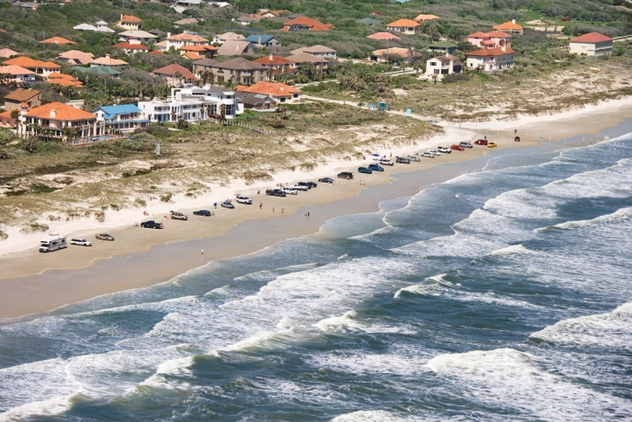
New Smyrna Beach, in Volusia County, Florida, is a great place to surf . . . and to swim with sharks. The waters off New Smyrna possess large populations of fish, which in turn attract many sharks. Combine that with the beach’s aforementioned popularity with surfers, and you have a beach that is considered the “shark attack capital of the world” by the International Shark Attack File. Scientists estimate that anyone who swims at New Smyrna Beach will pass within 3 meters (10 ft) of a shark. Bull sharks, a notoriously aggressive species, have been caught in the area.
Volusia County in general, fueled primarily by New Smyrna Beach, also has a reputation for shark bites. In 2008, over one-third of all unprovoked shark attacks in the world occurred in the waters off the county coast. On top of that, the state of Florida logged more attacks between 2004–2013 than both Australia and South Africa combined.
8Bubbly Creek
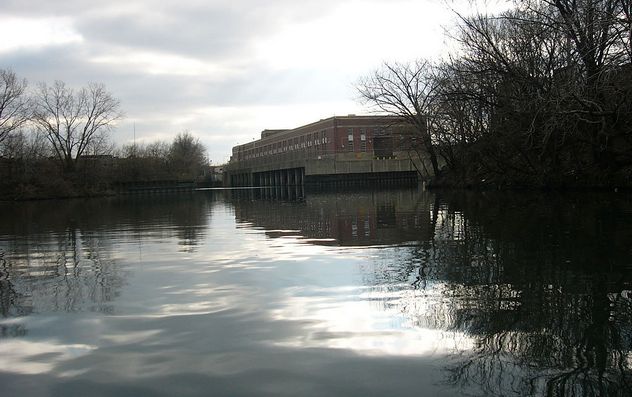
A name like “Bubbly Creek” might sound harmless and inviting, but the waterway itself is not. “Bubbly Creek” is the local name for the South Fork of the South Branch of the Chicago River. In the early 20th century, the flow of the Chicago River was reversed, sending it toward the Mississippi River and away from Lake Michigan, in order to keep the river’s pollution from entering the city’s source of drinking water. This reversal has made the river all the more difficult to clean up in the years since.
Bubbly Creek is considered the worst part of the river. It gets its name from bubbles rising to the surface from the area’s chief pollutant: decomposing animal carcasses. Meatpacking waste including blood, manure, urine, and various body parts was dumped into the channel by the nearby Union Stockyard for over a century. These bubbles still appear even today, as the creek is so polluted that very little lives there, slowing decomposition. Bloodworms are said to inhabit the creek, feeding on the waste. In 2014, a study found a layer of animal remains on the creek bed that is 1 meter (3 ft) thick. The US Army Corps of Engineers is working on a project to dredge Bubbly Creek as well as improve the water’s oxygen content.
7Samaesan Hole

The Gulf of Thailand contains a deep point described as a “black silty hole of death.” Named for a nearby fishing village, the Samaesan Hole is the deepest diving site in the Gulf of Thailand, dropping down to 85 meters (280 ft). Divers braving the hole must deal with the strong currents in the region, as well as the fact that it lies in a busy traffic zone for oil tankers. Barracuda also populate the area, and visibility is very poor as one descends. To top it all off, the US Navy previously used Samaesan Hole as an ammunition dump, leaving the site littered with unexploded ordnance.
So who would want to jump into Samaesan Hole? Diving enthusiasts would. The site is for Trimix certified divers only. Trimix is a mixture of oxygen, nitrogen, and helium used for deep diving. Divers are also advised to have multiple lights, dive computers, and formal training in technical diving. Even for well-equipped divers, the dive can be dangerous. In 1998, the first pair of divers to dive the hole experienced severe equipment failures, including dive computers being damaged beyond repair and lights imploding.
6Yenisei River
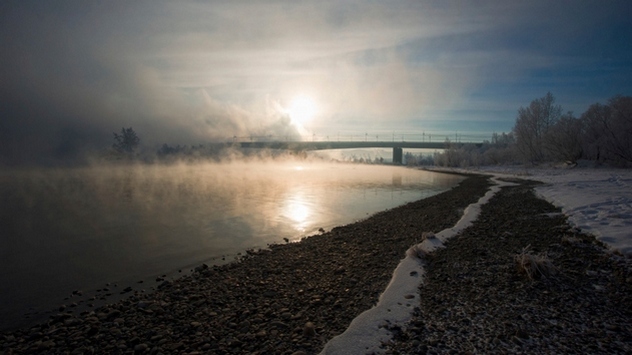
Russia’s Yenisei River (also spelled “Yenisey”) divides Western and Eastern Siberia, flowing north before emptying into the Kara Sea. The world’s sixth largest river by discharge, the Yenisei is thousands of kilometers in length and passes through several major cities. It is also a major source of hydroelectric power. Many Siberian villagers depend on the river for fishing.
In addition to being an important waterway, the Yenisei is also severely radioactively contaminated. A bomb-grade plutonium factory near Bolshoi Balchug has been discharging radioactive particles into the river for decades. Radioactive isotopes have been found hundreds of kilometers downstream from the factory. Nevertheless, the management of the factory insists that there is no radiation danger.
Around 64,000 people live downstream near the factory, not to mention the many more that live along the river within range of where radioactivity has been found. Statistically detectable increases in rates of breast cancer, leukemia, and genetic defects have been found in communities downstream from the plutonium plant. Despite the radiation fears, those who live on the river still eat fish from it, hoping that they won’t get sick.
5Horseshoe Lake
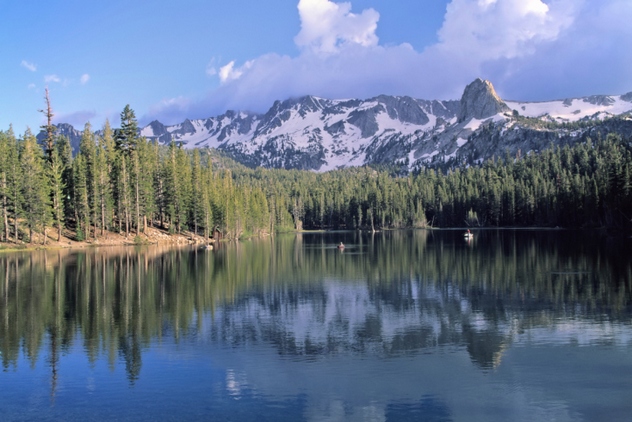
Horseshoe Lake in California has everything one could ever want for an outdoor excursion: boating, swimming, sandy beaches, picnic areas, hiking trails, and over 40 hectares (100 acres) of dead trees. That last, more unique feature is the result of a series of small earthquakes in 1989 and 1990. These quakes opened pathways for carbon dioxide to rise to the surface from magma below, eventually killing the trees.
While there is little danger of a volcanic eruption, a potentially lethal risk lurks in the Horseshoe Lake area, as the gas levels fluctuate unpredictably. A family could have a picnic on the lake one year and be asphyxiated the next. Warning signs are posted around Horseshoe Lake to inform visitors of the danger. Carbon dioxide is heavier than air, making lower areas—such as depressions in the ground, or the shore and surface of the lake—more dangerous. Most of the time, Horseshoe Lake is safe. However, fatalities have occurred due to the gas. A man died on the lake in 1998, and three ski patrol members fell into a snow pit on nearby Mammoth Mountain and asphyxiated in 2006.
4Eagle’s Nest Sinkhole
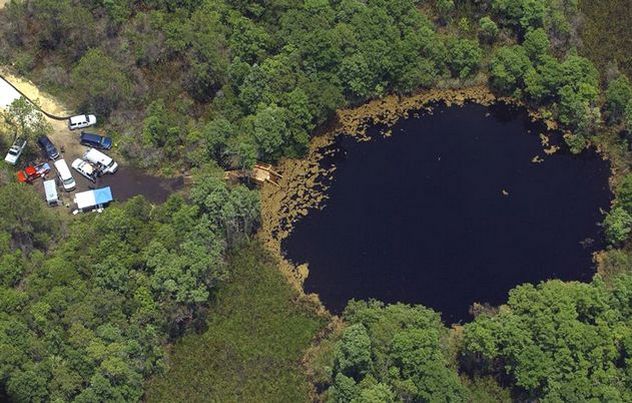
Eagle’s Nest Sinkhole (also known as the “Lost Sink”) near St. Petersburg, Florida has been called the Mount Everest of diving. From ground level, it appears to be nothing more than a pond, but narrow shafts at the bottom of the pond lead into a much larger underwater cave system with over 2 kilometers (1 mi) of charted passages, rooms larger than a football field, and shafts no wider than a doorway. The cave’s deepest point is 94 meters (310 ft) below the surface.
The comparison to Mount Everest is due to its remoteness, difficulty, and spectacular beauty. It’s also an incredibly dangerous dive site. Like the Samaesan Hole, the depth of Eagle’s Nest Sinkhole is such that Trimix certification is recommended. The use of only regular air can lead to disorientation below 46 meters (150 ft). Cave diving certification, previous cave diving experience, and diving with a guide familiar with the area are also highly recommended. Guidelines are used for divers to find their way back to the surface.
Even with experience and equipment, veteran divers have died in Eagle’s Nest. Some have simply blacked out; others have become tangled in their own guidelines, eventually running out of air. The site’s remoteness also means that help is not close, and only other cave divers are qualified to attempt a rescue. In 1999, Eagle’s Nest was closed due to the deaths, but it was reopened in 2003. A day pass for diving costs $3.
3Kipu Falls
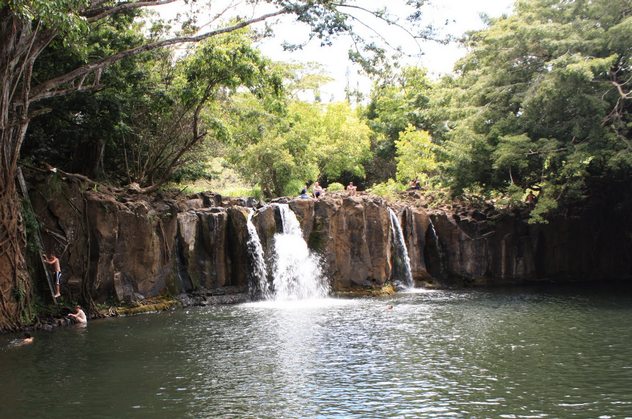
If you go swimming at Kipu Falls in Kauai, the best possible outcome is that you are only charged with trespassing. It is also possible that you will never leave the swimming hole alive. Despite being on private land, Kipu Falls has been a very popular swimming spot for decades, appearing in tourist guidebooks since the 1990s. Reachable by a short walk down a dirt path, a 6-meter (20 ft) waterfall empties from a stream above into a picturesque, serene pool below.
Unfortunately, beauty aside, Kipu Falls has been the site of many injuries and deaths, some of which have been difficult to explain. Aside from injuries obviously related to jumping from the top of the falls, people have drowned with no apparent explanation. Several were witnessed swimming normally only to suddenly become distressed and disappear beneath the surface. They were not seen again until their bodies were brought up from the very bottom of the pool. Some have claimed that a mo’o, a reptilian water spirit, is dragging people down and holding them at the bottom. Others speculate that there is a whirlpool at Kipu Falls.
Whatever the cause of the deaths, the Kauai Visitors Bureau has asked tourist guide publishers to no longer mention Kipu Falls. The area is now fenced off to further deter swimmers, who will be prosecuted if caught trying to enter the falls.
2The Strid
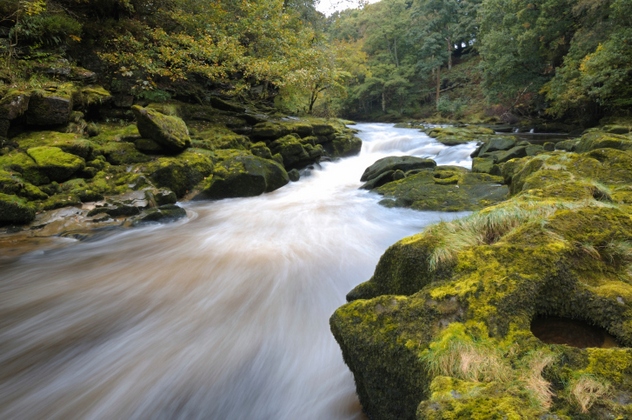
The River Wharfe in Yorkshire, England, contains a section known as “the Strid.” The word “strid” is a local word based on “stride,” which is fitting as the Strid is much narrower than the rest of the River Wharfe, merely a long stride (or short jump) in width. It’s the sort of babbling brook that a hiker might not think twice about jumping over or stepping into.
The Strid’s appearance, however, is extremely deceptive. The Wharfe’s current is much stronger in the Strid due to its narrowness and has cut deeply into the area’s limestone, much deeper than any other part of the river. The current has also undercut the banks of the Strid, meaning that its edges are in fact ledges overhanging a wider and deeper waterway than is apparent. The Strid’s attributes spell disaster for those unlucky enough to fall in. Many people have been pulled under and drowned over the years. No one has ever fallen into the Strid and come out alive.
1Hanakapiai Beach
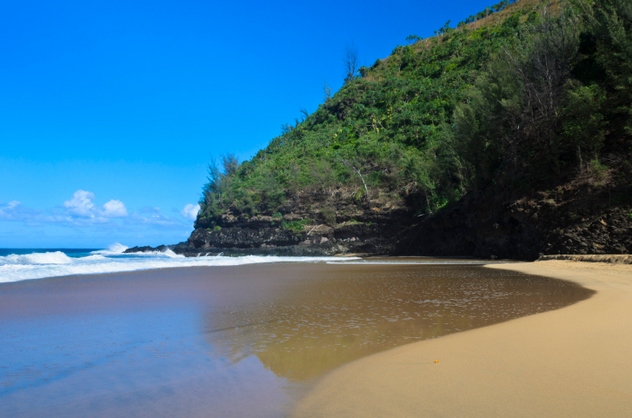
The islands of Hawaii are well known for their beaches, but some of those beaches weren’t meant for swimming. Hanakapiai Beach on Kauai’s Na Pali coast is one of them. Yet another beautiful but potentially deadly location, the beach lies at the end of a steep, rocky 3.2-kilometer (2 mi) trail.
Hanakapiai’s remoteness means that there are no lifeguards and no hope of immediate rescue. This only adds to the beach’s primary danger: powerful rip currents capable of pulling even strong, experienced swimmers out to sea. These rip currents are almost always present, as there is no reef to protect the beach’s shores. Also, the geography of the region is such that the nearest safe beach is 10 kilometers (6 mi) away. There is simply nowhere to go.
More people have drowned at Hanakapiai than at any other beach in Kauai. The bodies of 15 drowning victims have never been recovered. A sign stands on the beach with a tally mark for each drowning. There are over 80 marks. Visitors are advised to stay out of the water entirely.
Anthony is relatively new to Listverse..








